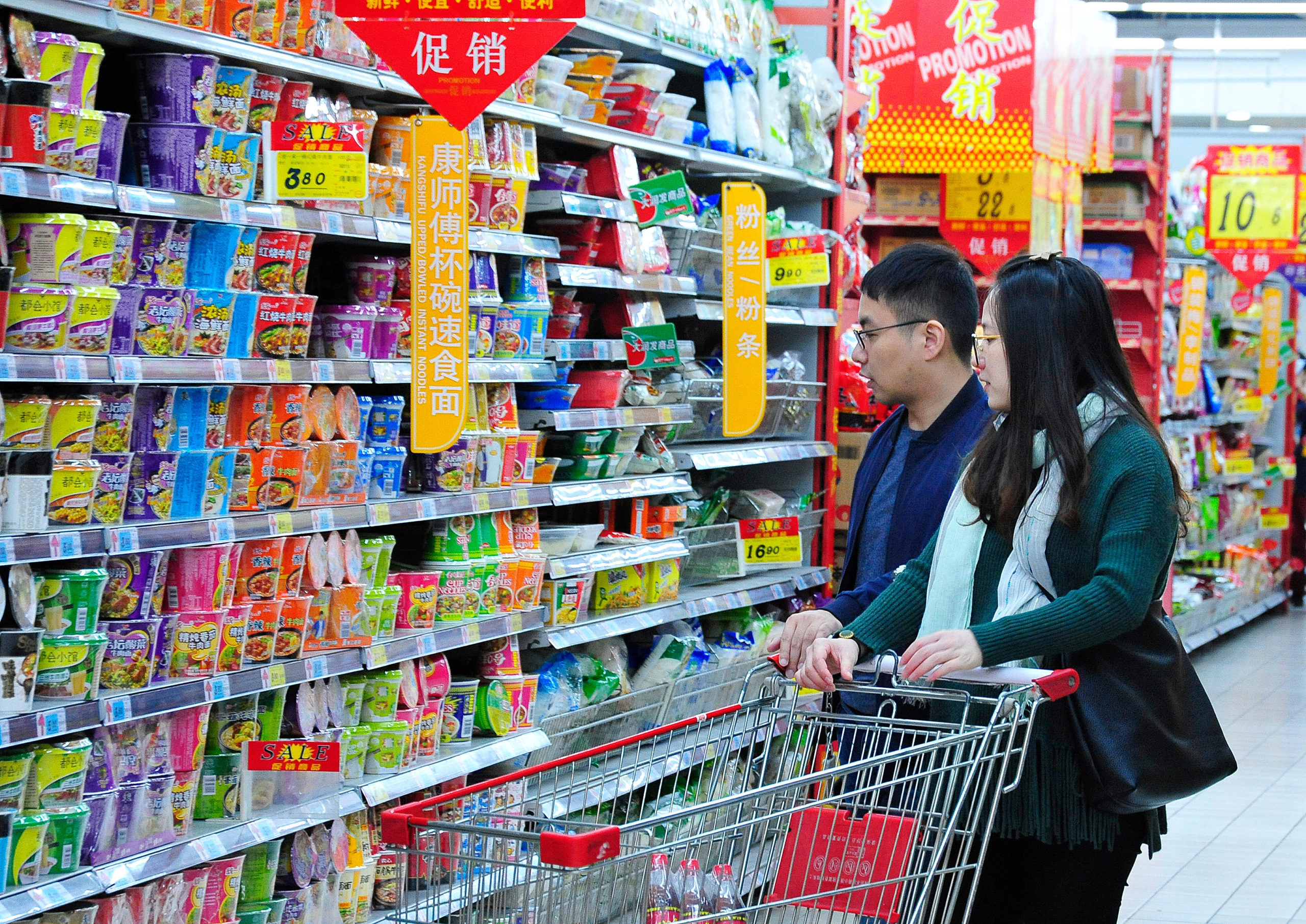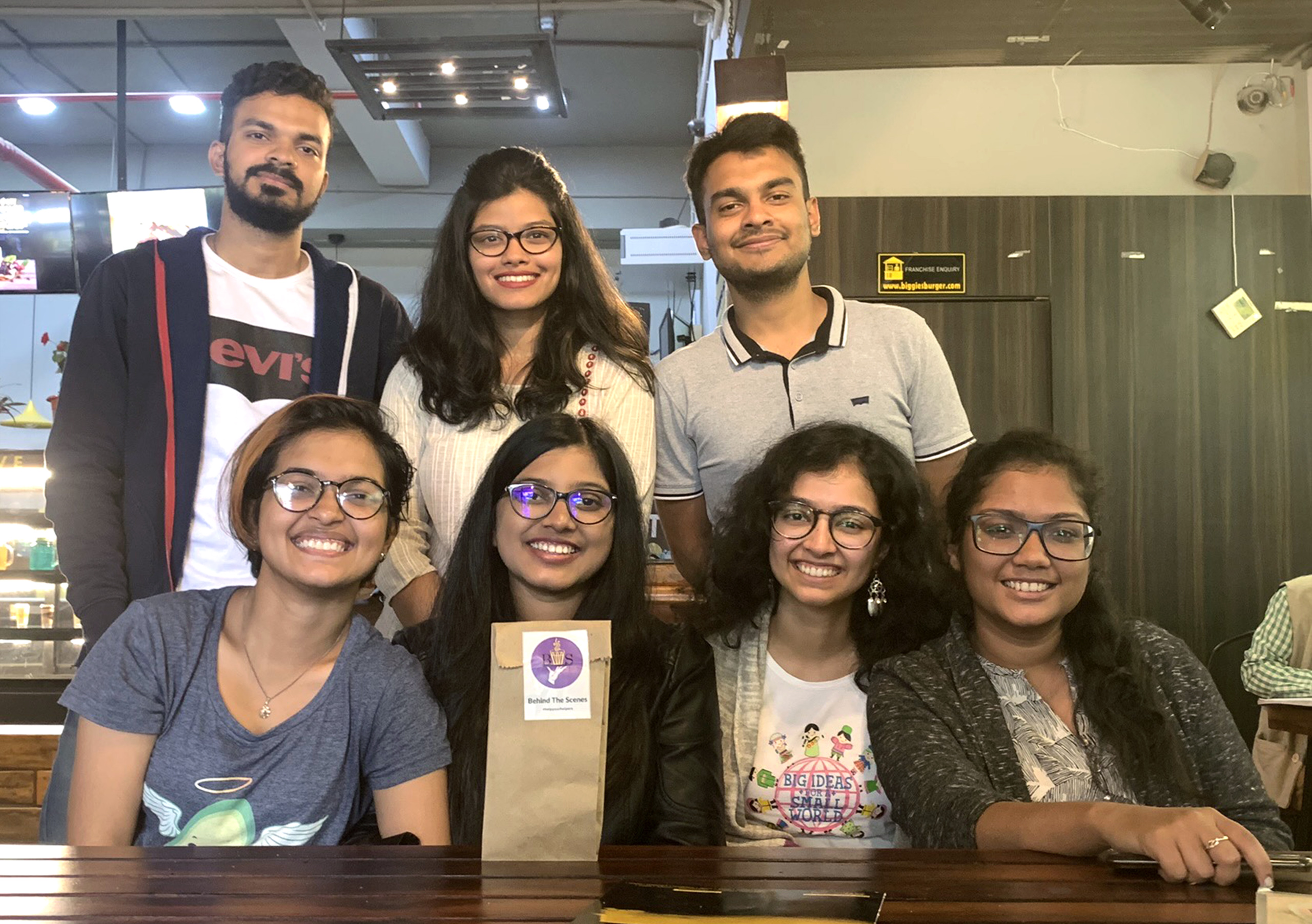“Raising awareness, behaviour changes and achieving sustainability are a slow process. But we need to start somewhere. One step at a time.” This is the view of Sanjeevani, a third-year college student who participated in a recent palm oil awareness survey in India.
Of the 1,802 mostly young people who responded to the online questionnaire, 43% were not aware of the existence of palm oil. But the vast majority were concerned about the kind of negative environmental and social impacts unsustainably produced palm oil can have. Ninety percent said they were willing to pay more for sustainably produced palm oil.
Last year, India imported 7.2 million metric tonnes of palm oil, according to vegetable oil industry body the Solvent Extractors Association of India. This was less than in previous years, due to Covid-19 and the disruptions it caused to the palm oil supply chain.
Providing affordable, nourishing food to India’s rapidly growing population of 1.3 billion is a challenge that has led to a highly competitive and price-sensitive market. Palm oil, which is cheap and versatile, accounts for 55% of edible oil consumption in India. Most is sold and traded without branding, usually in street markets, making its provenance hard to track. Demand has grown faster in India than in any other major importing nation, rising more than ten-fold between 1995 and 2019. At the same time, more and more young consumers like Sanjeevani are gaining knowledge about the commodity and the risks associated with it. And they are demanding companies and their governments do more.
The survey
The 31-question survey was conducted in April by Human Circle, a non-profit focussed on career advice, in partnership with China Dialogue.
Human Circle has a broad reach among young people in India, but the survey was open to people of all ages and backgrounds. Some 40% of participants were female and 59% were male; 85% were under the age of 27; and the majority were students. Around 40% work or major in the engineering, science and IT sectors, with 12% working or majoring in education and skills development. More than half live in India’s largest cities known as Tier 1 cities. Around one third live in mid-sized, Tier 2, cities and the rest live in Tier 3 cities or elsewhere. The majority live in families of around four to five people.
Due to the nature of online surveys, 84% of participants were either currently studying at university, or had graduated with their first degree (22.5%) or higher degrees (14% were at post graduate level or above). Those in the survey group therefore had more access to information and were better informed than average.
Awareness of palm oil and its impacts
Most consumers in India are not aware of palm oil’s ubiquitous existence in foods such as instant noodles, vanaspati (a vegetable fat alternative to butter), ice cream, samosa, jalebi and other street food. Neither do they know of its place in non-edible products including detergents, cosmetics, toothpaste and skin lotion.
Unlike images of sunflowers, olives or coconuts, the oil palm fruit is not widely displayed on products or shown in TV commercials. The lack of publicity and awareness was reflected in our survey, with 43% of respondents having never heard of palm oil. When shown a list of products, respondents were able to correctly judge which contained palm oil only 20% of the time.
For those who had heard of palm oil, the most common primary source was word of mouth, with social media, the internet and TV also featuring.
For participant Arshad Qureshi: “Family communication is the most important. If we can convince and persuade our family to care about the issues… we are a big step forward in our society to create meaningful changes.” Arshad emphasised the key role in the household played by women, who are often in charge of daily household decisions. Therefore they should be the key target group for information sharing, he suggested.

For both Sanjeevani and Arshad, raising consumer awareness is insufficient: people and suppliers who work across supply chains should also know and understand the environmental and social impacts of unsustainable palm oil production. Up-stream businesses and decision makers also need to do more, they added.
Participants who had heard of palm oil were largely aware of the environmental issues associated with its unsustainable production. Meanwhile, all participants, whether or not they had heard of palm oil, expressed strong concern about environmental and social impacts in general, especially regarding child labour, deforestation, biodiversity loss and water resource depletion. Social issues such as workers’ and farmers’ rights and the mistreatment of indigenous people received slightly less concern.
Knowledge about sustainable palm oil
Even though participants were concerned about the impacts of palm oil production, about half didn’t really know what could be done differently and were relatively unfamiliar with the concept of “sustainable palm oil”. For some participants, sustainability meant recyclable packaging. For others, it was low-carbon footprint, fair wages and no harm to biodiversity and forests. A few also mentioned ensuring the absence of cruelty and corruption in the supply chain.
Less than 30% of respondents could recognise sustainable certification logos such as those from the Rainforest Alliance, Forest Stewardship Council (FSC), FairTrade and Roundtable for Sustainable Palm Oil (RSPO). Fifty-eight percent had never heard of certified sustainable palm oil and 65% didn’t know about the RSPO certification scheme. Some recognised the palm leaf logo but were not aware it denoted the RSPO or, vice versa, had heard of the RSPO but couldn’t identify its logo.
The differences between sustainable and unsustainable palm oil are rather unclear to many consumers. Most companies processing and trading palm oil in India have produced no clear sustainability commitments, which could provide such information to consumers. And those with existing corporate sustainability polices don’t always have the information readily available for consumers.
“At the moment, most multinational companies in India know about sustainable palm oil and many have started buying, selling or importing RSPO certified sustainable palm oil,” said Kamal Prakash Seth, the RSPO Country Head in India and Deputy Director, Market Transformation (Global) for RSPO. However, Seth explained, not many companies are using the RSPO trademark to communicate this information externally. Demonstrating demand for this information, from consumers and retailers, would incentivise companies to provide it, Seth added.
RSPO India has collaborated with another initiative to start the #KnowYourPalm campaign, which aims to encourage people to ask their favourite brands for information on certified sustainable palm oil in their products and to tell family and friends to do the same. Seth said a WWF report in India showed the general public perceive palm oil as an ingredient neutrally and are “very willing to purchase or switch to products with sustainable palm oil if they know about it”.
Willingness to pay for sustainable palm oil
“Consumer awareness can be done to a certain level but it is the actions that matter,” said Punyasloka Panda, lead coordinator for youth for Sustainability India.
Survey participants identified several actions to encourage the production and consumption of sustainable palm oil. These were, in order of perceived importance: spreading awareness among family and friends; purchasing products containing sustainable palm oil; supporting NGOs; government regulations; and company actions.
Sanjeevani observed: “People might be aware of the problems and issues… They would feel bad from time to time, but [they’re] not thinking about what’s next or what can be changed through their actions.” There is a need to communicate the impacts of people’s actions and choices on both nature and people living in faraway countries. Access to information is the first step. Then people need knowledge they can act on.
Around 64% agreed that more stringent and transparent labelling should be put on products. Interviewees also felt better labelling is important not only for consumers but also for brand and companies to build trust. Readily available and transparent information for consumers can strengthen companies’ accountability. However, considering the share of people who don’t always read labels (around 40%) and don’t think labelling is necessary, other methods need to be deployed simultaneously to encourage behavioural changes.
Despite the modest general awareness of palm oil use and its environmental and social impacts, the survey found a lot of interest and willingness to pay for products containing sustainable palm oil. When asked about their openness to buying sustainable products, 90% were willing to pay extra. Most were willing to pay 5-10% more, with around one third willing to pay even more. Participants interviewed by China Dialogue nonetheless indicated some products, such as street food, vanaspati, frozen food and handwash (especially during and after the pandemic) are especially price-sensitive. In other words, if these essential items are made more expensive by the inclusion of certified sustainable palm oil, people are likely to continue to opt for versions containing non-certified oil. Other factors that would deter consumers from buying sustainable products include lack of awareness, unclear labelling and limited product availability and accessibility.
“Persuading my mom about purchasing products with sustainable palm oil was the most challenging, especially on the cost front,” Arshad explained. “I had to explain the long-term costs of direct and indirect impacts on our environment, in relation to our health and economy. The way we calculate and understand ‘cost’ and material value should change. Especially now with the [Covid] crisis, people start to understand that our health and the health of the environment are more valuable than anything else.”
The price of palm oil and the premium paid for certified sustainable palm oil fluctuate but as a rough estimate, certified sustainable palm oil costs around US$30 to US$50 per tonne (around 4-7%) more than conventional palm oil; the current average crude palm oil price is about US$710 per tonne. Interviewed survey participants felt consumers shouldn’t have to foot all the extra cost. Government intervention should play a primary role, not only to provide subsidies for better products but also to regulate the private sector, they said. “For private companies, for instance, shifting money spent on marketing to more sustainable ingredients can be an alternative, effective ‘marketing’ strategy and establish brand trust with consumers,” said Arshad. “Companies definitely have the capacity to absorb the costs along their supply chain. The more companies join, the sooner the market can reach economies of scale for sustainable palm oil,” Punyasloka said.
A quarter of the survey participants felt boycotting palm oil altogether was also an option. This approach, however, is not feasible given how difficult it would be to exclude palm oil in the supply chains in India. Moreover, replacing it with other vegetable oil crops could worsen harm to natural habitats and biodiversity.
Consumer awareness in China
After India, China is the largest importer of palm oil by volume. A 2018 consumer survey carried out by WWF China produced similar results to our own. Of 5,000 respondents, 46% hadn’t heard of palm oil and most were unaware of its usage in everyday products. Consumers were generally willing to accept a premium of 6-10% for sustainable palm oil, especially for cosmetics and personal care products. Interestingly, respondents over 45 years old showed less inclination to spread awareness on sustainable palm oil. A new round of findings from WWF China is due to be released in June 2021.
Given the prominent role of young people, in 2020 the RSPO teamed up with WildBound, a non-profit educational organisation, to form the Changemakers for Nature initiative. “Sustainable palm oil and green supply chains are still a very niche market in China. NGOs and advocators need to expand out of our social bubbles and reach out to more general public,” said Isabel Nepstad, the co-founder of Changemaker for Nature.
The initiative focuses on working with young professionals and students between 16 and 28 years old, advocating the importance of biodiversity and tropical forests. Sustainable palm oil consumption naturally goes hand in hand with these topics. “Raising awareness in the youth group is one of our main campaign approaches. Young people are very active on social media platforms. They consume a significant portion of processed food products and often care more about the environmental and social impacts of their actions,” said Wan Jian, stakeholder engagement manager at RSPO China. “We work with students in various events and projects to provide them with learnings, practical tools and [an] expert network so they can influence their social circles. We also select student representatives to join meetings with companies and participate in youth forums in international events.”

Unlike the powerful market pressure leveraged by NGOs in Europe, the different cultural contexts of China mean consumer and environmental movements can only develop so far. Broader government measures are considered necessary to create larger impacts. The Chinese government in recent years has strengthened its policies favouring green and sustainable development, which gradually has helped bring this issue onto the agenda for public discussion. Governments and more companies along the supply chain need to coordinate their efforts.
Youth as impetus for change
Our survey in India suggested young people generally have only moderate awareness and knowledge about palm oil. However, they have serious concerns over environmental and social issues associated with its production, and an openness and willingness to pay more for sustainability.
Young consumers are more receptive and open to new information and to changes. They can be the foundation of a bottom-up approach and an entry point to spreading awareness to broader audiences. A focus on benefits to people and planet, on positive stories, should help foster a change in perceptions, as would showing people how they can make a difference.
Targeting real people and social groups can be effective, especially as the internet and social media are not available to everyone. This can include key family members, medical workers, nutritionists and people who work in the health and fitness industry. Arshad said: “Outreach in India is difficult but not impossible. The story should be made simple, easy to understand and communicated in local languages to minimise communication barriers.” Understanding such consumer networks and attitudes would enable stakeholders to distribute balanced knowledge and information effectively, in turn creating behavioural change. Many of those who took our survey reported learning from it and also encouraging their family and friends to take the survey, suggesting the benefit of further such surveys in India, possibly targeting older age groups.
Palm oil imports in India will continue to grow in the foreseeable future while domestic production remains negligible. When Covid-19 finally subsides, food security and stable supply will continue to be prioritised over sustainability. The Chinese and Indian markets are key to transforming global palm oil supply chains. And immediate actions from governments and the private sector are more needed than ever. If governments and companies join forces with existing efforts and initiatives to improve the sustainability of palm oil supply chains, they can better reach consumers and producers. Faced with the hard road ahead, the young consumers in these markets could be catalysts for enlarging societal awareness and driving progress towards a future in which all palm oil is sustainable.
This article is part of our ongoing series on palm oil. Explore the series to date here.









